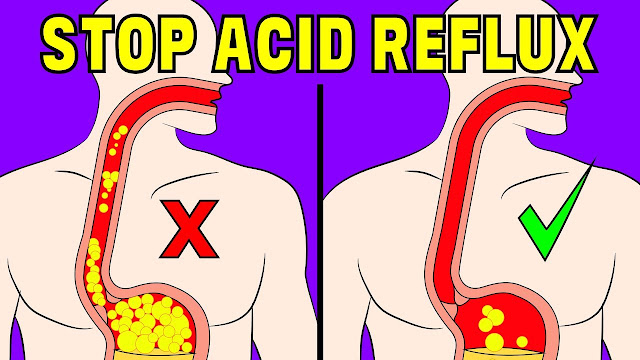Best 10 Pet Insurance Companies in the US.
What Is Pet Insurance?
Pet insurance is an insurance policy bought by a pet owner which helps to lessen the overall costs of expensive veterinary bills. This coverage is similar to health insurance policies for humans. Pet insurance will cover, either entirely or in part, the often expensive veterinary procedures. Evaluating and comparing pet insurance plans is necessary in order to find the right plan for you.
As with human health insurance, there is usually a deductible, which is an out-of-pocket expense before the coverage begins. Most providers will base the amount of the insurance premium on the average cost of veterinary care in the owner’s region. Also, the policy may not cover all veterinary procedures.
There are typically three types of pet insurance plans to choose from.
- An accident-only plan will reimburse for eligible veterinarian bills related to accidents such as broken bones or swallowing foreign objects.
- An accident and illness plan includes both types of veterinary care, giving the owner more broad protection but at a higher cost. Illnesses may include infections, cancer, arthritis, diabetes, and allergies.
- Routine wellness or preventative care plans, offered by some carriers as an optional add-on or separate plan, provide reimbursement for things like immunizations, flea treatments, and spay/neuter.
Pet insurance works mostly on a reimbursement basis. This simply means that you pay the vet up front and then file a claim for the reimbursement of eligible expenses. Some companies, like Trupanion, partner with certain veterinarians, paying them directly so you’re only responsible for paying ineligible costs out of pocket.
When purchasing a pet insurance policy, you choose a deductible, a reimbursement percentage, and an annual limit, which all impact your premium and the maximum amount you can recover. Your deductible must be met before the insurance company will issue reimbursement. The eligible costs are then reimbursed based on the percentage you select, usually 70% to 90% of the cost, and the policy’s annual limit also sets the maximum dollar amount you can claim each year. Some insurance companies offer an unlimited annual limit option.
Although claims filing and reimbursement processes can vary, it generally works like this:
- Schedule a vet appointment.
- Take your pet to see the veterinarian.
- Pay for the veterinarian bills in full.
- File a claim online or through the pet insurer’s mobile app and include a copy of the bill.
- Once the pet insurance company approves the claim, receive your allowable reimbursement via direct deposit or paper check in the mail.
The review and approval process can take a few days, a couple weeks, or even a month, depending on the company, the policy, and the scope of the accident or illness.
Most pet insurance plans work on a reimbursement basis, so you can use your coverage with any licensed veterinarian, specialist, or emergency clinic of your choosing. Unlike human health insurance, pet health insurance doesn’t have provider networks. However, some companies may have certain requirements to meet in order for veterinarian bills to be eligible for reimbursement.
What pet insurance covers depends on the plan you choose:
- Accident only: Covers veterinarian costs for accidents, such as swallowing objects, getting bitten by another animal, broken bones, and lacerations.
- Comprehensive plan: Covers accidents and illnesses, potentially including allergies, cancer, hereditary conditions, surgery, hospitalization, breed-specific conditions, and arthritis.
- Routine care: Covers preventative costs, like dental cleaning, vaccines, annual checkup exam fees, blood work, and spaying or neutering, and is also called a pet wellness plan.
The Best Pet Insurance Companies
- Lemonade: Our Top Pick
- Spot: Most Customizable Coverage
- ASPCA Pet Health Insurance: Our Pick for Older Pets
- Embrace: Our Pick for Savings
- Fetch: Our Pick for Comprehensive Coverage
- Healthy Paws: Most affordable unlimited coverage
- Figo: Most flexible reimbursement rates
- Nationwide: Our pick for nationwide members
- Trupanion: Our pick for unlimited payouts
- Pets Best: Our pick or vet direct pay
The main veterinarian costs not covered by pet insurance are pre-existing conditions, non-vet related costs, and regular care, unless you have purchased a routine or wellness plan. Specific examples include:
- Breeding
- Pregnancy
- Cosmetic procedures such as ear cropping, removing dew claws, and tail docking
- DNA testing
- Accidents or illnesses caused by fighting, racing, cruelty, or neglect
- Elective procedures
- Preventative procedures
- Experimental treatments
Everyday costs of owning a pet are also not covered, like pet food, toys, vitamins, grooming, and boarding fees. However, some carriers, like Embrace, will cover prescription food if you have a wellness plan. There are also some carriers, like Fetch, who may cover boarding fees if the policyholder has to be in the hospital for an extended period of time, typically four or more days.
Like most insurance policies, pet insurance policies have a deductible. Deductibles, depending on your choice, will affect your premium. Higher deductibles generally lower your premium, while lower deductibles result in a higher premium.
There are typically two options for deductibles. Annual deductibles, like those used by Embrace, are similar to those on a human medical insurance policy. Once the deductible has been met, it will not apply to future claims during the policy term.
Other carriers may offer a per-incident (per-condition) deductible. In this case, the deductible will be applied each time your pet goes to the veterinarian for a new condition. This type of deductible could lead to you receiving less reimbursement for each claim.
It is important to ask how your deductible will apply to the policy you are considering for purchase.




%20(1).jpg)

%20(6).jpg)
%20(19).jpg)